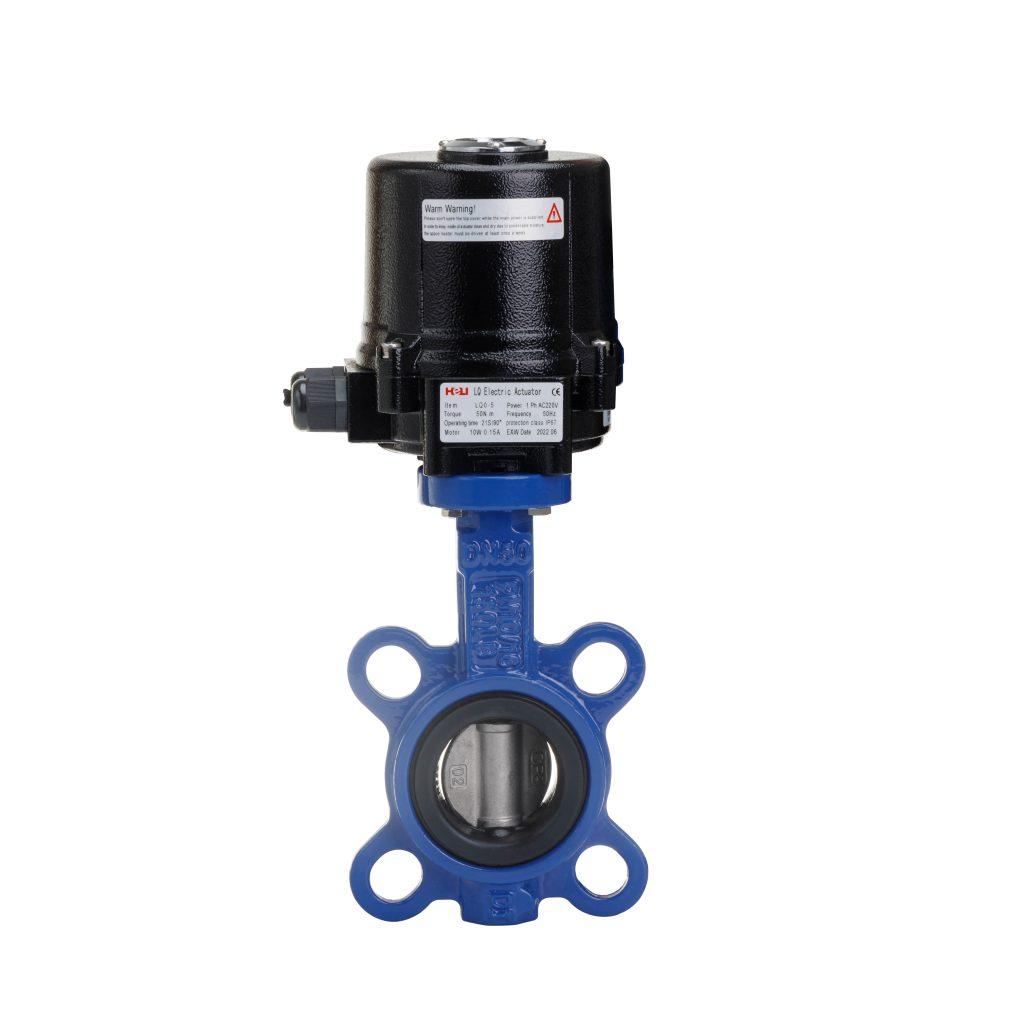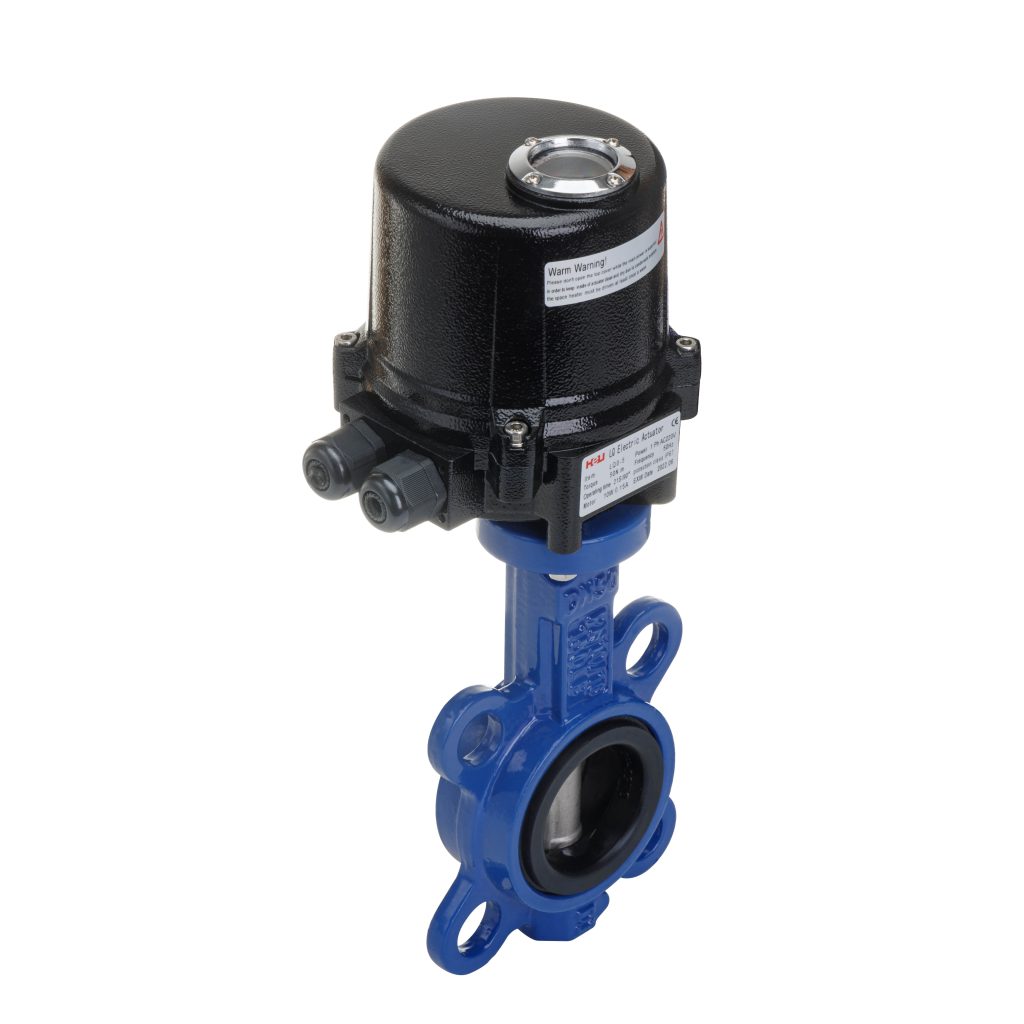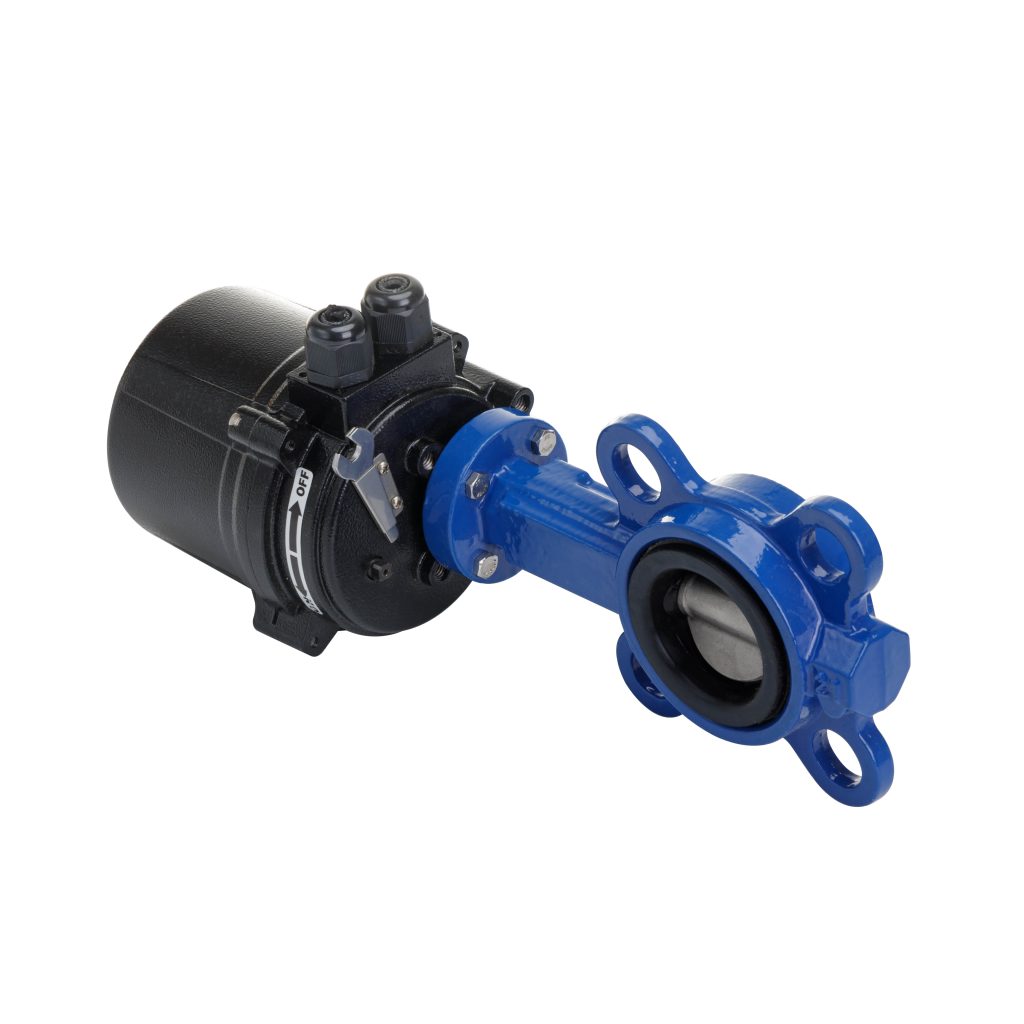In the realm of industrial fluid control, the stainless steel electric butterfly valve stands tall as a reliable and efficient solution. Its unique design and robust construction make it a favorite choice for various applications, ranging from chemical processing to petroleum transportation. This article aims to delve deeper into the workings, advantages, and widespread usage of the stainless steel electric butterfly valve.

The stainless steel electric butterfly valve consists of a valve body, seat, disc, and an electric actuator. The valve body, crafted from stainless steel, ensures durability and corrosion resistance, essential in harsh industrial environments. The disc, or butterfly, rotates within the valve body to regulate the flow of fluids. The electric actuator, on the other hand, provides the necessary torque to rotate the disc, allowing for precise and remote control of fluid flow.

The key advantage of the stainless steel electric butterfly valve lies in its swift and efficient operation. The disc’s rotational movement allows for quick opening and closing, making it suitable for applications where fast response times are crucial. Additionally, the valve’s tight sealing capabilities ensure minimal leakage, enhancing the overall safety and efficiency of the fluid system. The diverse applications of the stainless steel electric butterfly valve are vast. In the chemical industry, it is used to control the flow of corrosive chemicals, thanks to its corrosion-resistant properties. In the petroleum sector, the valve’s ability to handle high-pressure and high-temperature fluids makes it an ideal choice for pipeline systems. Moreover, its compact design and ease of installation contribute to its widespread usage in various industrial settings.
